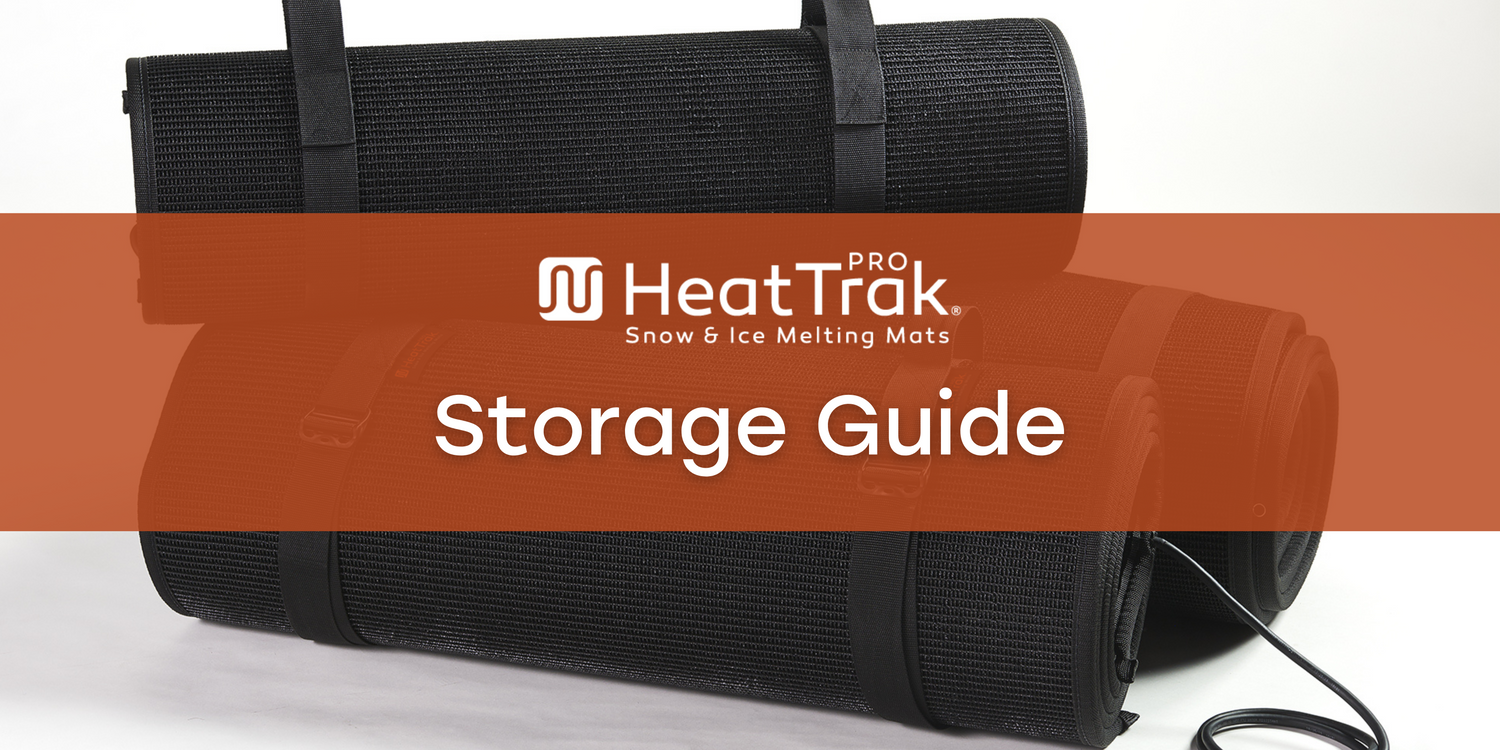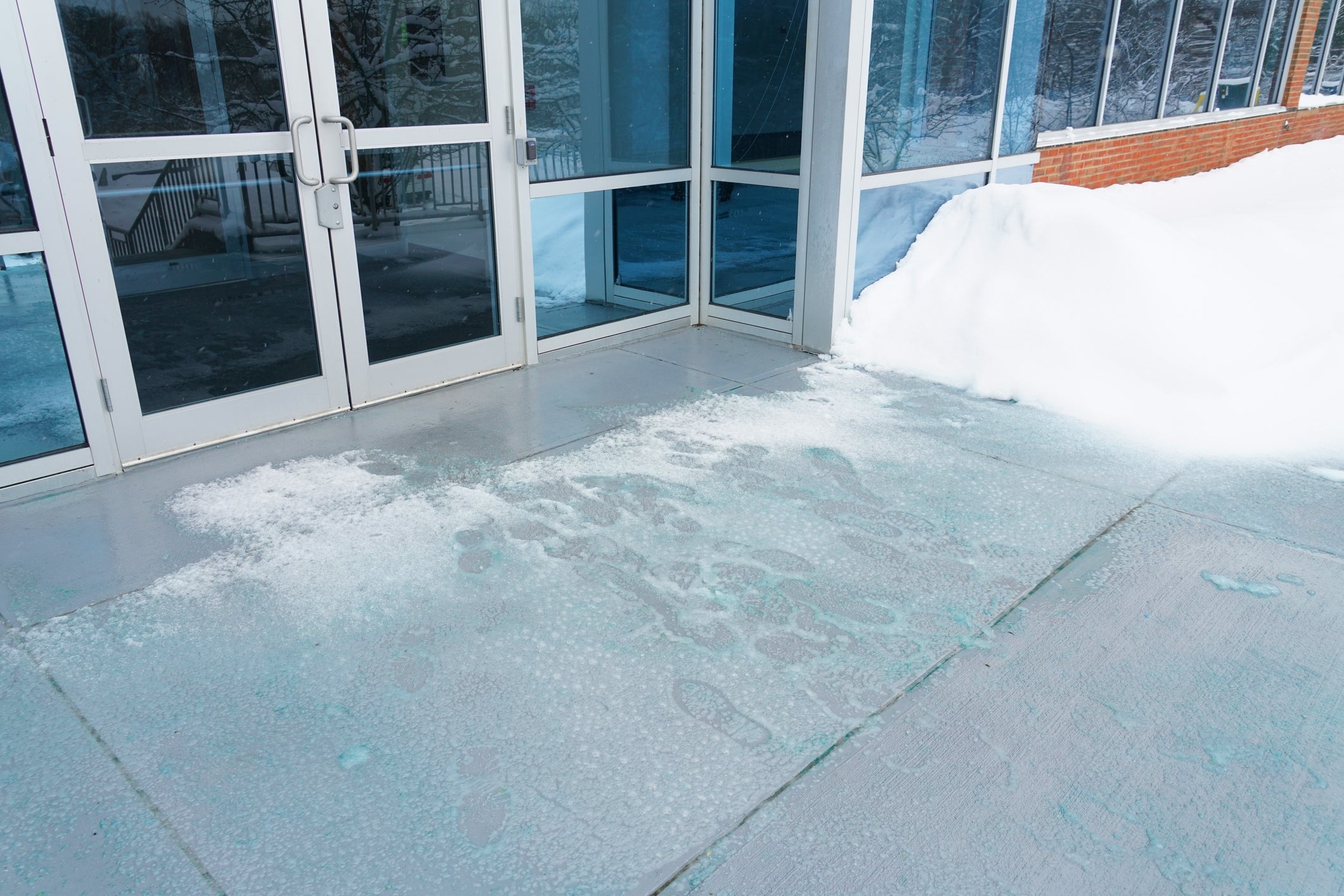As another winter season comes to a close, it's crucial to turn our attention to the care and storage of your HeatTrak PRO mats. These innovative mats serve as an irreplaceable ally against the perils of snow and ice, ensuring safety and accessibility around commercial spaces. However, to guarantee their longevity and optimal performance for years to come, proper off-season storage is key. This blog post will guide you through the essential steps to store your HeatTrak PRO mats effectively, ensuring they remain in prime condition for the next winter season.
The Importance of Proper Storage
HeatTrak PRO mats are designed to offer unparalleled convenience and safety during the icy months, but their durability is significantly affected by how they are treated during the off-season. Exposure to the harsh summer UV sunlight can degrade the materials, compromising the mat's functionality and safety features. Therefore, it's not just about where you store your mats but also about how quickly you do it after winter ends.
Pre-Storage Care
Before we dive into the storage process, let's talk about pre-storage care. Once the threat of snow and ice has passed, it's advisable to power down your HeatTrak PRO mat. This is not only a safety measure but also an energy-saving one. However, before you roll it up for storage, a bit of cleaning is in order.
- Cleaning: Use mild soap and water to gently clean your mat. This step is crucial for removing any salt, dirt, or residue that may have accumulated over the winter months. Such contaminants, if left on the mat, can cause wear and tear over time, diminishing the mat's effectiveness and appearance.
- Drying: After cleaning, ensure the mat is thoroughly dried. Any moisture trapped during storage can lead to mold or mildew, potentially damaging the mat's electrical components and surface.
Storage Tips
With your HeatTrak PRO mat clean and dry, you're now ready to store it properly. Here's how to do it right:
- Original Packaging: If possible, place the mat back in its original packaging. This packaging is designed to protect the mat from environmental factors that could cause damage during storage.
- Roll, Don't Fold: Carefully roll up the mat to avoid creating creases or damaging the internal wiring. Rolling helps maintain the mat's integrity and ensures that it will be in perfect condition when unrolled next winter.
- Cord and Power Unit: Place the power cord and Power Unit inside the rolled mat. This practice not only saves space but also protects these components from being lost or damaged.
- Indoor Storage: Find a cool, dry place indoors for your mat. Basements, garages, or utility closets are ideal as long as they're free from dampness and extreme temperature fluctuations. Storing the mat indoors protects it from the summer's UV rays, which can be just as harmful as winter's chill.
- Immediate Storage: Procrastination is the enemy of preservation. Store your mats immediately after the winter season to minimize their exposure to damaging conditions. This prompt action can significantly extend the lifespan of your HeatTrak PRO mat.
Looking Ahead
By following these steps, you're not just storing a mat; you're preserving an investment in safety and convenience for the icy seasons ahead. Proper off-season care and storage of your HeatTrak PRO mats ensure they will continue to serve you reliably, year after year.
Remember, the condition of your HeatTrak PRO mat next winter begins with how you care for it this spring and summer. Take the time to store your mats correctly, and you'll enjoy the peace of mind that comes with being well-prepared for whatever the next winter has in store. Here's to a safe, slip-free winter, thanks to your well-maintained HeatTrak PRO mats.


